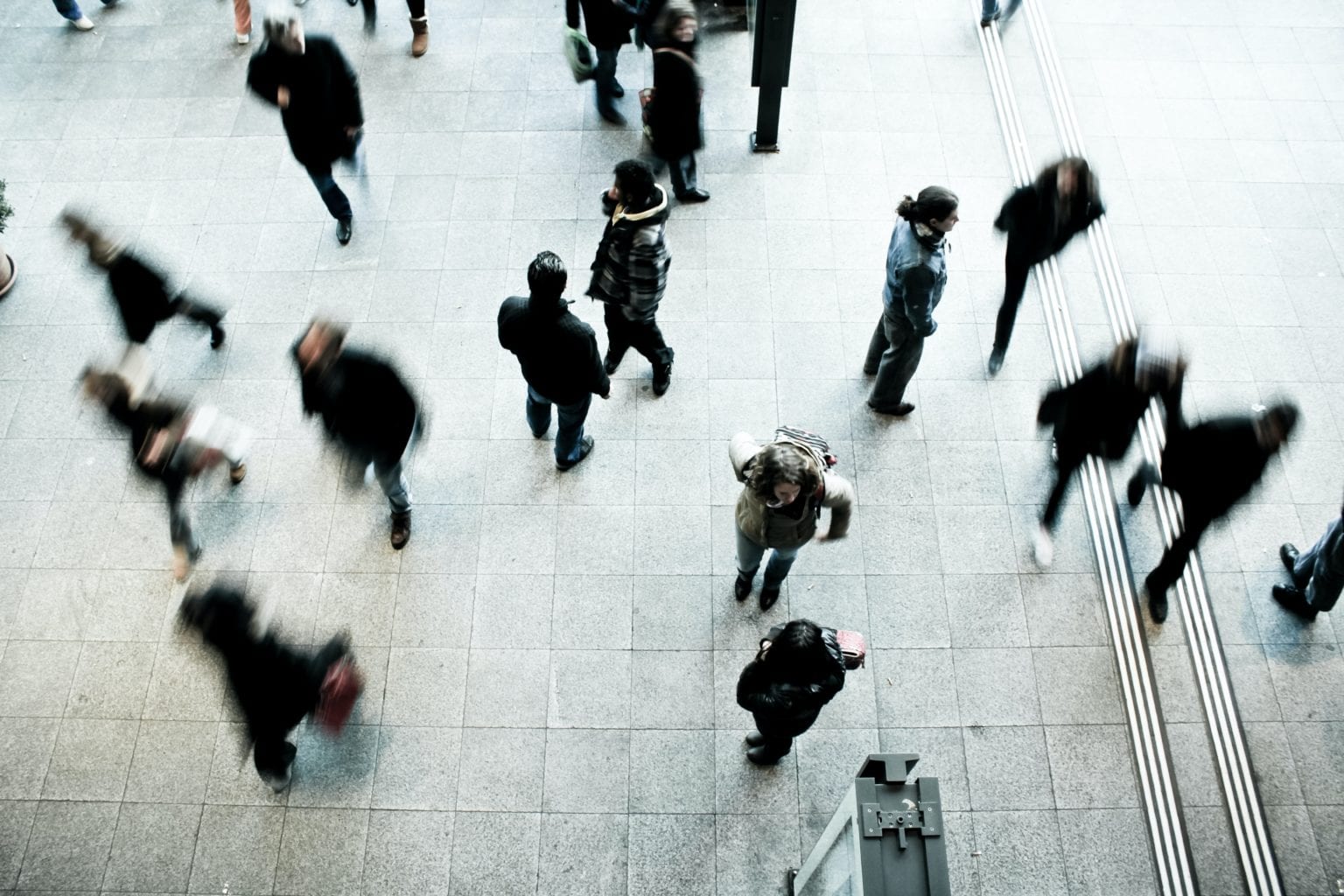A handful of Apple and Google employees turned a novel approach to fighting COVID-19 from a spark of an idea to a pandemic-fighting tool in less than a month. The tech giants combined forces in March, intent on creating a contact-tracing app capable of monitoring the movements of people who might have come in contact with someone infected with the coronavirus.
CNBC reported inside details Tuesday on how Apple’s initial contact-tracing project — code-named “Bubble” — went from two employees to dozens, and enlisted the help of others at Google.
CNBC spoke with five people familiar with the project who asked not to be identified because neither company approved them talking to the media about a project that could potentially impact millions of people.
In recent weeks, employees from the companies reportedly worked day and night to complete the project. Meanwhile, others attempted to convince various governments worldwide to accept the technological standards and use the soon-to-be-released contact-tracing API in other mobile apps.
Sources said a number of experts from various third-party companies approached Apple to consider joining forces for the contact-tracing project.
Inside Apple’s contract-tracing project
Apple’s Myoung Cha, who’s responsible for the business side of the company’s growing health team, reportedly went to Ron Huang, who runs Apple’s location services group, and Dr. Guy “Bud” Tribble, a veteran Apple software vice president, to plan the project’s overall strategy.
Days later, a group of experts volunteering their time put together the pieces that would power a contact-tracing solution. From the beginning, those involved confirmed the main ideas: Use Bluetooth in the background, and prevent the software from draining smartphone batteries. Throughout, Apple maintained its typical focus on customer privacy.
The project quickly gained approval from top execs at Apple and Google, according to CNBC. The report called it “highly unusual” for the two companies to join forces:
Within a few weeks, the Apple project … had dozens of employees … with executive-level support from two sponsors: Craig Federighi, a senior vice president of software engineering, and Jeff Williams, the company’s chief operating officer and de-facto head of healthcare. By the end of the month, Google had officially come on board…. About a week later, the companies’ two CEOs, Tim Cook and Sundar Pichai, met virtually to give their final vote of approval to the project.
The joint “exposure notification” project, as it’s being now called, is due for release May 1. Apps that use Apple’s exposure-notification API will run on the iPhone 6s and later along with Android devices.
Contact tracing: The basics
Contact-tracing applications can use a phone’s Bluetooth capabilities to detect if two people have been near each other for a set length of time. If one person is later found to have contracted COVID-19, then everyone they’ve been in close contact with going back days can be notified.
The contact-tracing system Apple and Google are building will be decentralized. When someone using an application built on this system indicates they’ve caught COVID-19, their iPhone or Android handset will trigger notifications to others they’ve been in close contact with. The messages will alert individuals that they’ve been near someone who could potentially be contagious.
With no central listing of people who have the disease, neither the government nor hackers can easily track these individuals.
Another difference between this system and one recently launched in the United Kingdom is that Apple and Google are building contact-tracing APIs into their iOS and Android operating systems, not writing a specific app. Governments and companies will be able to create their own apps using the APIs.
Many countries, many contact-tracing solutions
Germany plans to adopt the Apple/Google solution. But the U.K. isn’t the only country going it alone.
Australia rolled out its own contact-tracing app Sunday. Called COVIDSafe, it has already been downloaded almost 2 million times.
France is creating a contact-tracing system in-house, too. But it ran up against the limitations Apple places on background Bluetooth access. As a result, France asked Apple to loosen its Bluetooth restrictions on iPhone.


